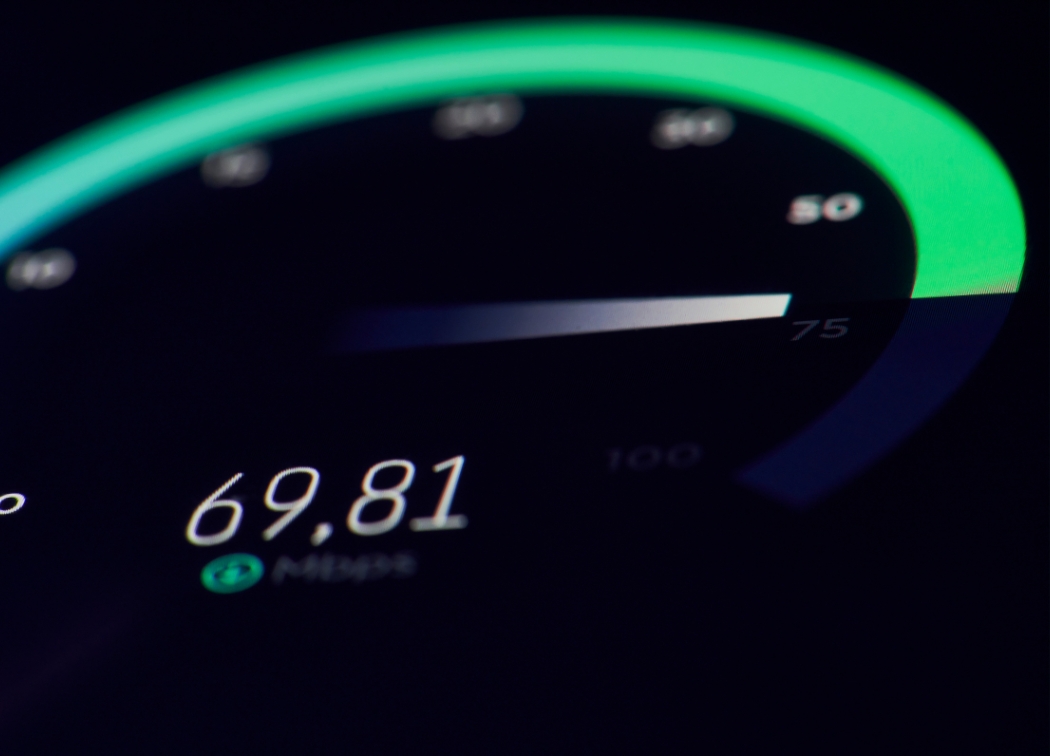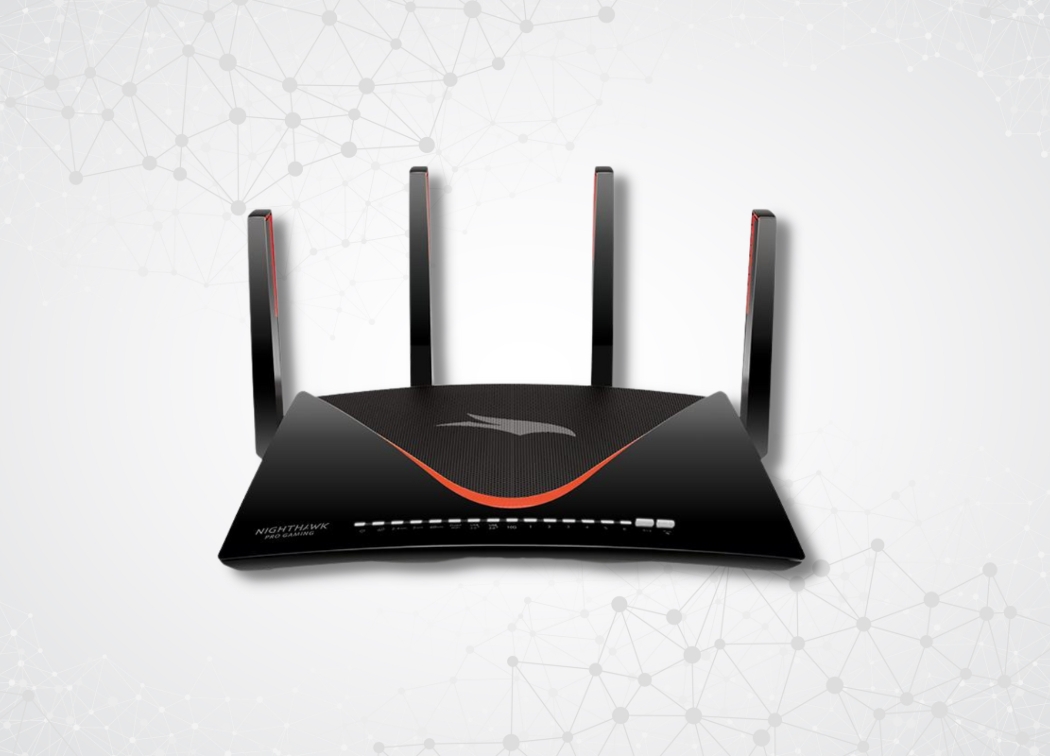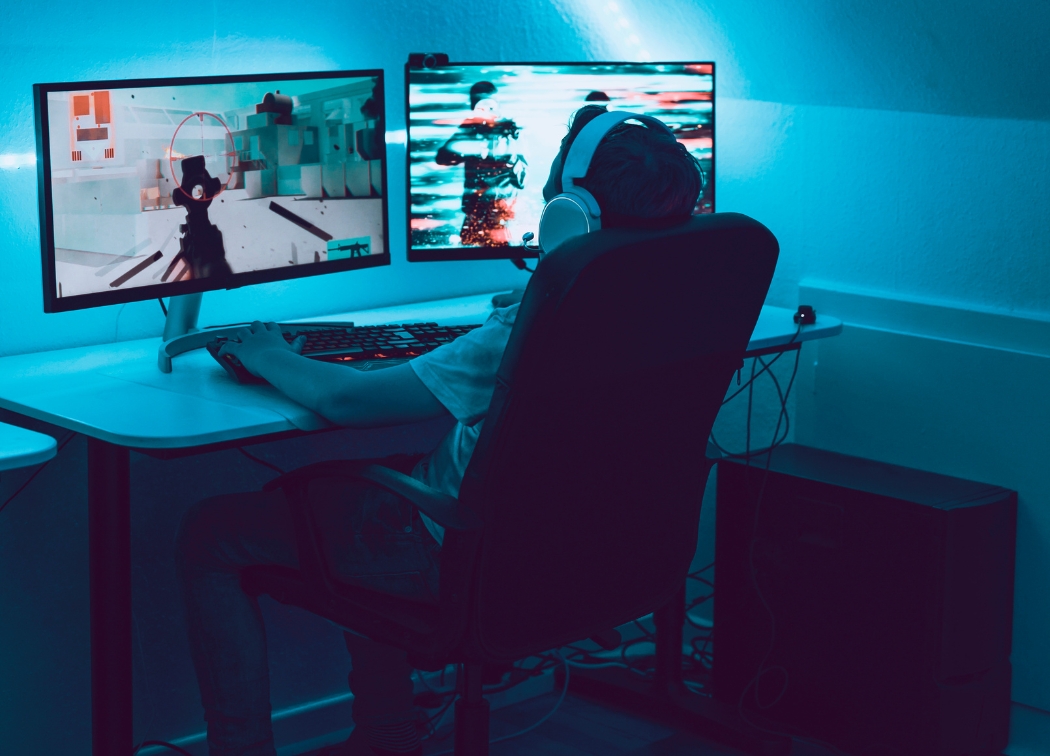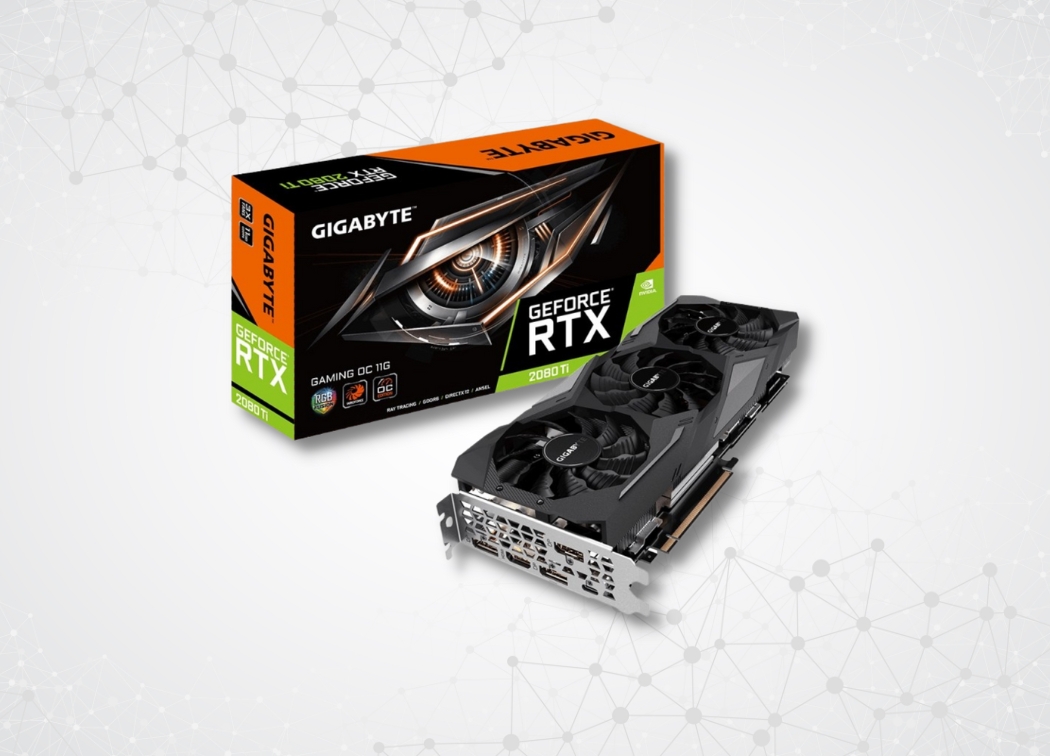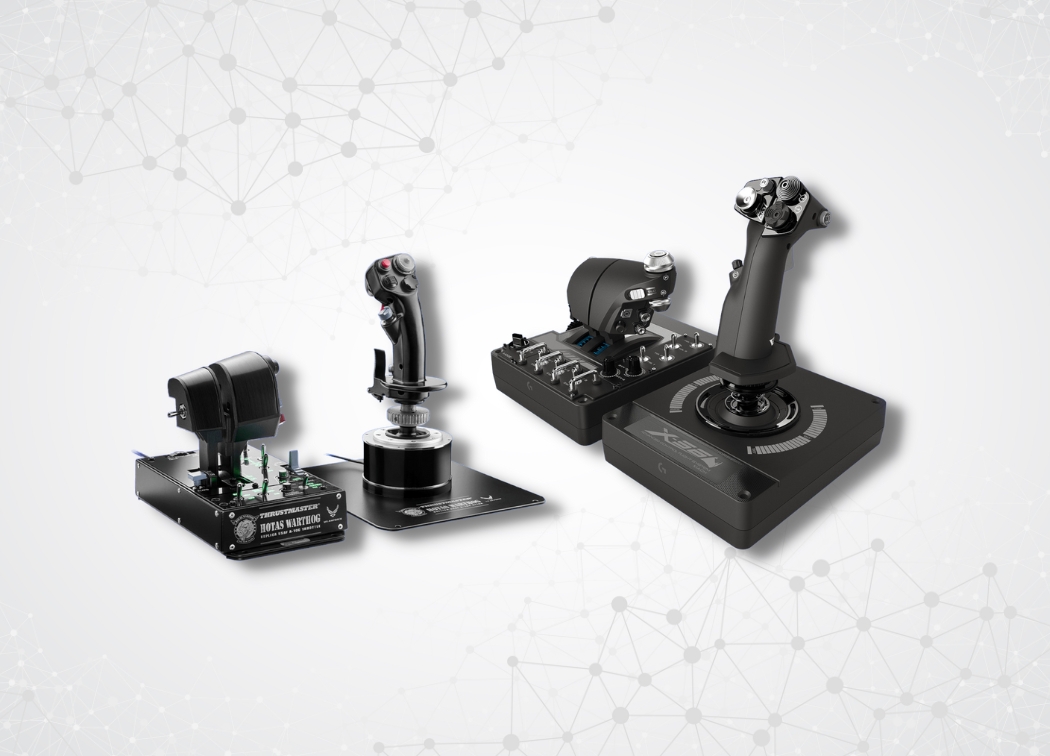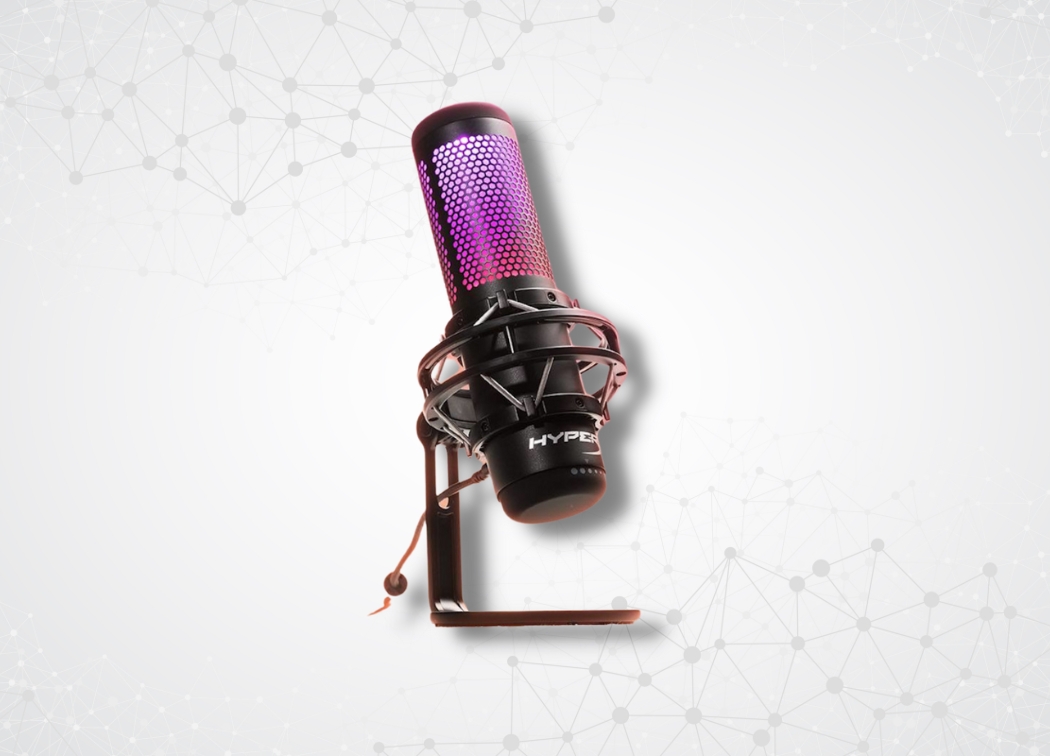If you’re a gamer who really gets into the technical side of things, you’ll come across the term ambient occlusion.
Ambient occlusion (AO) is what helps games have natural, realistic ambient lighting. If you’re old enough to remember computers in 2000, you’ll remember that graphics cards were nowhere near where they are today. Polygon counts and textures were key phrases in the industry.
Lighting was off drastically, so developers spent a lot of time trying to make natural lighting as realistic as possible. Ambient occlusion was able to solve these problems because rendering shadows in real-time has always been a resource-intensive process.
What ambient occlusion introduced was a way to calculate, based on geometry, how bright certain areas of a screen would be naturally.
How much light will be blocked by the environment? Ambient occlusion will be able to do the calculations.
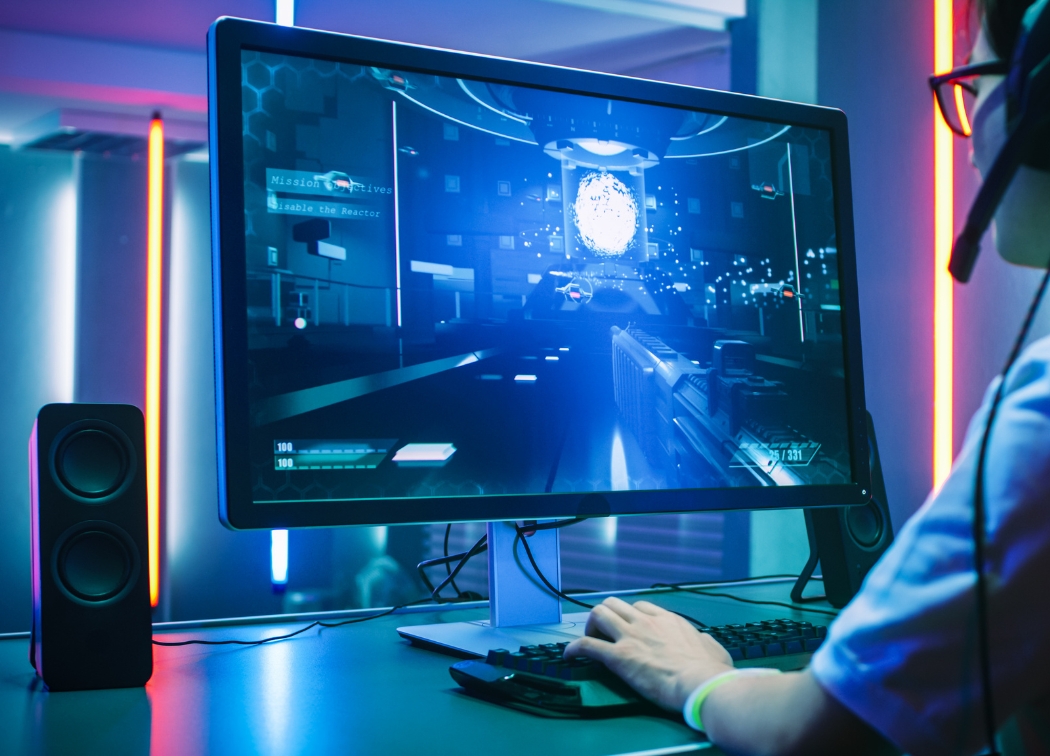
Ambient Occlusion: SSAO, HBAO, HDAO and VXAO
As you can imagine, ambient occlusion has changed a lot over time. Different types of ambient occlusion exist, and this has led to several different types being available. The most common is screen-space ambient occlusion, or SSAO.
What is SSAO?
SSAO is the most common form of ambient occlusion because it’s the least resource intensive. What’s interesting with SSAO is that some games do it better than others. That is, some games implement it better than others, depending on the developer.
But in general, you’ll find that SSAO is the most popular type of AO available.
What other types of AO exist?
- HBAO – Horizon-based ambient occlusion
- HDAO – High-definition ambient occlusion
But developers need to be able to implement the technology into their games for it to work. SSAO remains the easiest to implement, but HBAO and HDAO are technologies that are incorporated in Nvidia and AMD graphics cards.
The technologies offer higher levels of AO, but the drawback is that they will impact performance.
Voxel Ambient Occlusion
There’s one new type of AO that has been introduced by NVIDIA: voxel ambient occlusion (VXAO). Demanding in terms of resources, high-end NVIDIA GPUs (like the ones in our best RTX 2080 Ti list) will have the capability to use VXAO and properly take advantage of the AO that is offered.
If you have an older graphics card, you may want to turn off AO if performance is already an issue.
But if you’re trying to maximize your gaming experience and have a graphics card that can support AO, it’s recommended that you turn it on. You may be able to turn on the advanced types of AO, but if your GPU doesn’t support HBAO, HDAO or VXAO, you should at least try to turn on SSAO.
The performance impact will be minimal, but the difference that SSAO, or higher versions, offer is impeccable. The environment will be more immersive, and the performance hit will be negligible compared to the high-quality lighting that you’ll be able to enjoy.
As games become more advanced, and graphics cards continue to advance, too, you’ll see a lot of AO options become available. The realism that the correct lighting and shadows offers will be worth the slight drop in frames per second if you’re fighting for resources.
Related posts:

